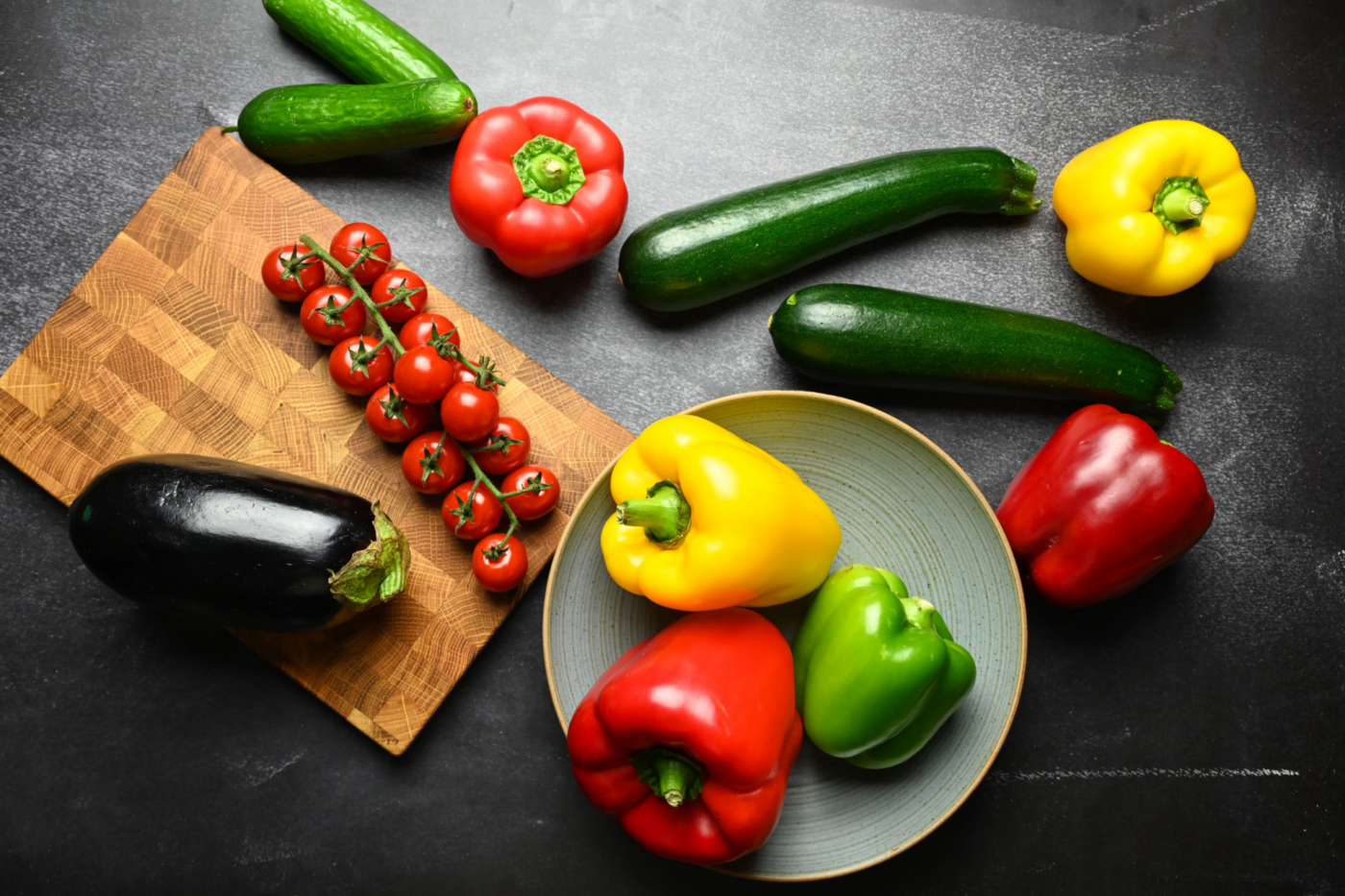Read More: Culinary History of Types of Vegetables That Are Actually Fruits
Ancient Origins: From the Americas to the World
Many of the vegetables that are actually fruits have ancient origins in the Americas. For millennia, indigenous peoples of North, Central, and South America cultivated and consumed these plants, long before they made their way to other parts of the globe.
- Tomatoes: Native to the Andes region of South America, tomatoes were domesticated in Mesoamerica by 500 BCE. The Aztecs used them in sauces and stews, often combined with chili peppers.
- Peppers: Also originating in the Americas, peppers were cultivated for thousands of years before the arrival of Europeans. Their use spread throughout the continents, with diverse varieties developed to suit different tastes and climates.
- Squash: Squash, including pumpkins and zucchini, are another gift from the Americas. Archaeological evidence suggests that squash was one of the first plants domesticated in the region, with a history stretching back over 8,000 years.
- Cucumbers: While their exact origin is debated, cucumbers are thought to have originated in either Southern Asia or Africa, also having a long history.
- Avocados: Originating in Mesoamerica, avocados were a staple food for the Aztecs and other indigenous groups. The word “avocado” comes from the Nahuatl word “ahuacatl.”
The Columbian Exchange: A Global Fruit Revolution
The arrival of Christopher Columbus in the Americas in 1492 set in motion a transformative period known as the Columbian Exchange. This exchange involved the transfer of plants, animals, diseases, and people between the Old World (Europe, Asia, and Africa) and the New World (the Americas). The Columbian Exchange had a profound impact on the global food landscape, including the introduction of many New World fruits to the rest of the world.
- Tomatoes to Europe: Initially, tomatoes were met with suspicion in Europe. Some considered them poisonous, and they were primarily grown as ornamental plants. It took centuries for tomatoes to be fully embraced in European cuisine, but by the 18th and 19th centuries, they had become a staple, particularly in Italy and Spain.
- Peppers Around the Globe: Peppers quickly gained popularity in Europe, Africa, and Asia. Their ability to add heat and flavor to dishes made them a valuable addition to various cuisines. They were incorporated into local dishes, and new varieties were developed, leading to the vast array of peppers we have today.
- Squash’s Global Journey: Squash also spread rapidly across the globe, adapting to different climates and culinary traditions. They became incorporated into stews, soups, and baked goods in various cultures.
Culinary Adaptations: From Suspicion to Staple
As these botanical fruits traveled the world, they were gradually incorporated into local cuisines, often undergoing fascinating transformations along the way.
- The Italian Tomato Love Affair: Tomatoes, once viewed with suspicion, became a defining ingredient in Italian cuisine. They formed the basis of iconic dishes like pasta sauces, pizza, and Caprese salad.
- Peppers Spice Up the World: From the fiery curries of India to the piquant stews of North Africa and the vibrant salsas of Mexico, peppers added a new dimension of flavor to cuisines worldwide.
- Eggplant’s Eastern Journey: Eggplant, native to South Asia, had already spread to the Middle East and Mediterranean before the Columbian exchange. It found its way into a variety of dishes including moussaka in Greece and baba ghanoush in the Levant.
- Cucumbers Cool Down Cuisines: Cucumbers, known for their refreshing qualities, became popular additions to salads, sandwiches, and chilled soups in various cultures. Pickling also became a common way to preserve and enjoy cucumbers.
The 20th Century and Beyond: A Modern Reassessment
In the 20th and 21st centuries, our understanding of these botanical fruits has continued to evolve, along with their culinary uses.
- Nutritional Discoveries: Scientific research has revealed the impressive nutritional profiles of these fruits. Tomatoes, for instance, are rich in lycopene, a powerful antioxidant, while peppers are packed with vitamin C. Avocados are full of healthy fats.
- Culinary Innovation: Chefs around the world are constantly finding new and creative ways to showcase these ingredients. From avant-garde gastronomy to fusion cuisine, these fruits are being used in innovative and exciting ways.
- Heirloom Varieties: There’s a growing interest in heirloom varieties of these fruits, prized for their unique flavors, textures, and historical significance.
Conclusion: Celebrating the Botanical Fruits in Our Midst
The culinary history of vegetables that are actually fruits is a story of global exchange, cultural adaptation, and evolving tastes. These botanical fruits have traveled far from their origins, transforming cuisines and enriching our diets along the way. While the distinction between fruit and vegetable may be blurred in the culinary world, it’s clear that these ingredients, regardless of their classification, play a vital and delicious role in our food culture. So, the next time you enjoy a dish featuring tomatoes, peppers, cucumbers, squash, eggplant, or any other member of this fascinating group, take a moment to appreciate the long and flavorful journey that brought them to your plate. They are a testament to the enduring power of nature’s bounty and the human ingenuity that has shaped our culinary world.




Share
Click on the icons below to share "Title of the item to share"